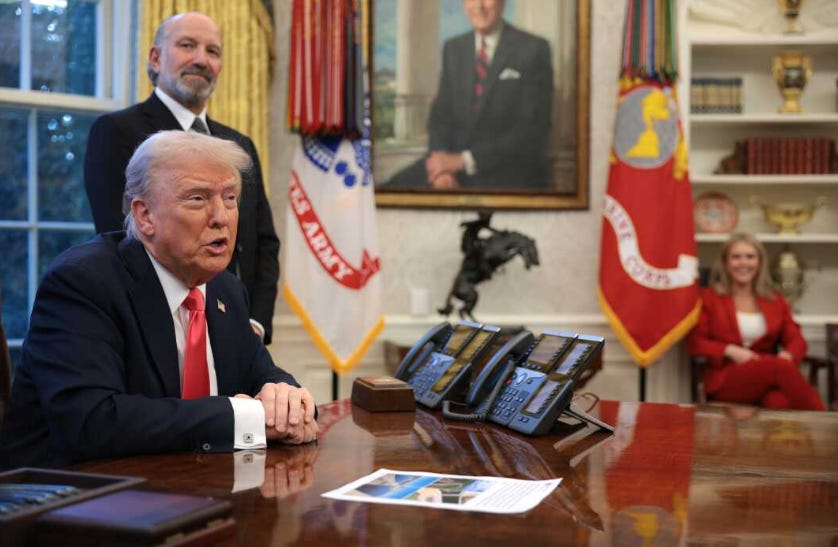US Citizenship Up for Sale? How Viable Is the Trump 'Gold Card'?
Assessing the Political and Market Risks Associated with the Gold Card Program
US President Donald Trump has recently dominated global news, with the United States, by far, contributing the most to the current geopolitical uncertainty. On February 24, the president met with French President Emmanuel Macron to discuss the Russia-Ukraine conflict and is scheduled to meet UK Prime Minister Keir Starmer on Thursday, February 27.
Additionally, the president is expected to receive Ukrainian President Volodymyr Zelensky on Friday, February 28, to discuss and sign the highly controversial ‘Critical and Rare Earth Minerals Deal’ dubbed as a ‘draft Economic Partnership Agreement’. It appears that Trump has pressured and strong-armed Zelensky into accepting an agreement granting the U.S. access to substantial financial revenue generated from Ukrainian mineral resources (although renegotiating the initial 50% share that Trump demanded when Treasury Secretary Bessent visited Kyiv on Feb. 12, a deal that Zelensky rejected, which led to Trump raging against Zelensky, even to the point of deliberately shifting the facts of the conflict), as well as access to vital rare earth minerals as compensation for the billions in aid the U.S. has provided to Ukraine, alongside some guarantees for Ukrainian security. However, there’s more to this growing trend of political entrepreneurship and transactionalism currently shaping global politics.
On February 25, President Donald Trump announced the Trump Gold Card, a $5 million residency permit set to launch in two weeks (by March 11), intended to replace the EB-5 immigrant investor visa program. Marketed as a revenue-generating tool to address the US national debt, the initiative targets wealthy foreign nationals by offering a streamlined path to permanent residency and eventual citizenship. While the proposal promises economic benefits and rapid debt servicing (assuming Trump’s targeted sales of between 1-10 million cards), it faces substantial legal, political, and operational challenges, especially considering the tight timeline. Is it predominantly bearish or bullish? Should investors be jittery or optimistic?
In this update, we assess its viability, political and market risks, and implications for corporate and governmental stakeholders.

